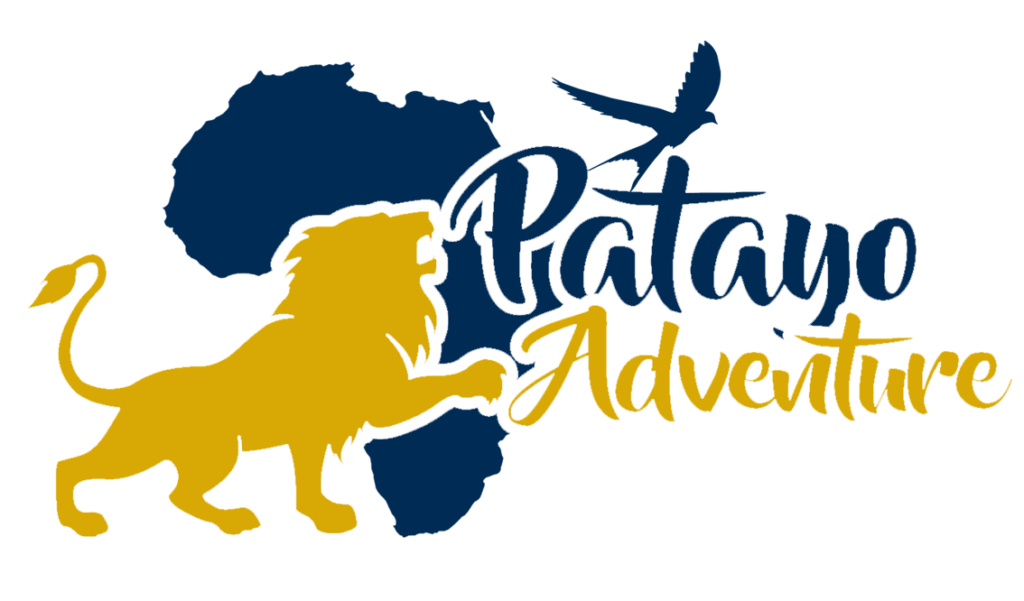14 Days Great Migration & Zanzibar Vacation
Tour Overview
This 14-day safari will take you through some of the most exciting and beautiful places in Tanzania. You will start by experiencing the great wildebeest migration in the Serengeti before moving on to explore the stunning landscapes of the Ngorongoro Crater. After that, you will head to Zanzibar, where you will spend time relaxing on the beautiful beaches, exploring the vibrant culture and history, and enjoying some of the best food the island has to offer.
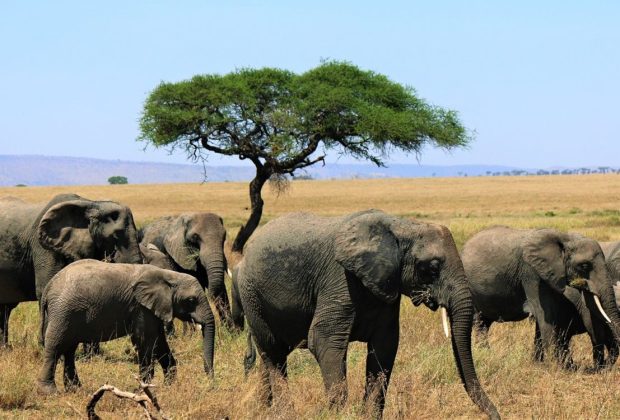
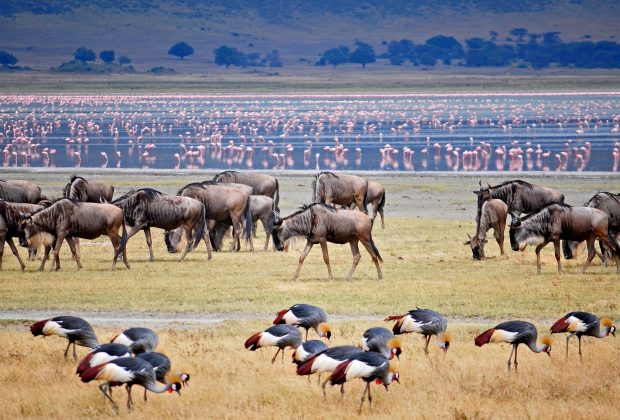
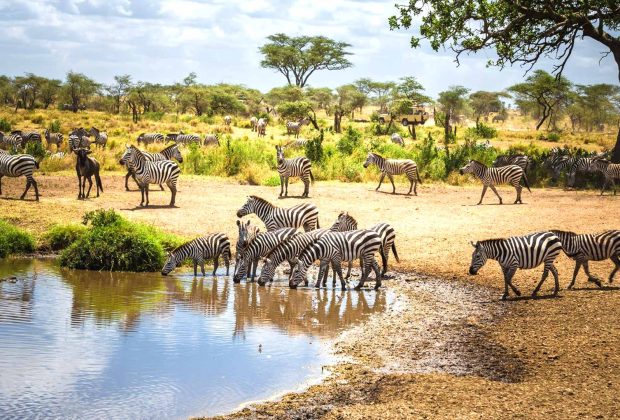
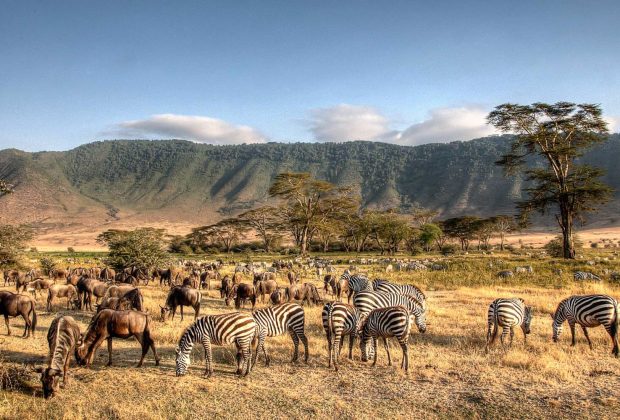
Day 1-2: Arrival and Arusha Upon your arrival at Kilimanjaro International Airport, you will be met by our representative and transferred to your hotel in Arusha. You will have a day to relax and recover from your journey, and in the evening, you will have a pre-safari briefing with your guide.
Day 3-4: Serengeti National Park After breakfast, you will depart for Serengeti National Park, one of the most famous wildlife reserves in the world. You will spend the next two days exploring the park and witnessing the great wildebeest migration, which is one of the most spectacular wildlife events on the planet.
Day 5: Ngorongoro Conservation Area Today, you will leave Serengeti National Park and head to the Ngorongoro Conservation Area, which is home to the famous Ngorongoro Crater. You will have a chance to explore the crater floor, which is home to an abundance of wildlife, including lions, elephants, and rhinos.
Day 6-7: Lake Manyara National Park After leaving Ngorongoro, you will head to Lake Manyara National Park, where you will have a chance to see the famous tree-climbing lions. You will spend two days exploring the park and its beautiful landscapes.
Day 8-13: Zanzibar After breakfast, you will be transferred to the airport for your flight to Zanzibar. You will spend the next six days on this beautiful island, where you will have a chance to explore the historic Stone Town, relax on the white sand beaches, and enjoy some of the best food and drinks the island has to offer. There will be plenty of time for water activities like snorkeling, diving, and fishing.
Day 14: Departure Today, you will be transferred to the airport for your flight back home.
Activities/services included in the cost:
- Accommodation as per the itinerary
Lodges on Full Board - Road transportation in 4wd land Cruiser safari vehicle
Game drives as per the itinerary - Park entrance fees and crater service fees
- English Speaking guides available for the safari
Emergency Evacuation/Flying Doctors
- Accommodation as per the itinerary
Activities/services excluded in the cost:
- Visit to Masai Cultural Village
- All International Flights/local Flights + Taxes
- Visa fees, Travel & Personal accident insurance
- Excursions, services and activities not mentioned in this program
- Personal expenses e.g. laundry, telephone calls, Drinks, Tips and gratuities
Passenger Information
- Passengers should bring only duffle bags safaris{not suitcases}
- All the passengers must have Identification Card/Passport with them for internal flights.
- Baggage on domestic flights is strictly limited to 15kgs per person (including hand luggage). Any excess baggage will be charged by the airline at check-in.
- Passengers arriving to Tanzania may be asked to present a valid Yellow Fever Vaccination Certificate
- Tourist Visa will be obtained at the entry points, but it is advisable to double check before travelling to Tanzania.
What is the best time of year to go on a safari in Tanzania? The best time for a safari in Tanzania depends on your preferences. The dry season (June to October) is ideal for wildlife viewing as animals gather around water sources, but it’s also the busiest time. The wet season (November to May) offers lush landscapes and fewer tourists, but wildlife may be harder to spot due to thick vegetation.
What should I pack for a safari in Tanzania? Essential items include lightweight and neutral-colored clothing, sturdy walking shoes, a wide-brimmed hat, sunscreen, insect repellent, binoculars, a camera with extra batteries and memory cards, and any necessary medications. It’s also advisable to pack layers as temperatures can vary throughout the day.
Do I need a visa for Tanzania? Most visitors to Tanzania require a visa, which can be obtained upon arrival at the airport or purchased online in advance. Visa requirements vary depending on your nationality, so it’s important to check the latest information before traveling.
Is it safe to go on a safari in Tanzania? Tanzania is generally safe for tourists, including safaris, but it’s important to take standard precautions such as staying updated on travel advisories, avoiding isolated areas at night, and following the guidance of your tour guides.
What types of accommodations are available on safari? Accommodation options range from luxury lodges and tented camps to budget-friendly campsites. Luxury lodges typically offer comfortable amenities such as en-suite bathrooms, gourmet meals, and swimming pools, while tented camps provide a more authentic safari experience with canvas tents and communal dining areas.
What wildlife can I expect to see on safari in Tanzania? Tanzania is home to a diverse array of wildlife, including the Big Five (lion, elephant, buffalo, rhino, and leopard), as well as cheetahs, giraffes, zebras, wildebeests, hippos, crocodiles, and a variety of bird species. The specific animals you’ll encounter will depend on the location and time of year.
Are safaris suitable for children? Many safari operators offer family-friendly safari options, including accommodations with family rooms, shorter game drives, and child-friendly activities. However, it’s important to consider the age and interests of your children when planning a safari and to choose activities that are suitable for them.
What is the typical duration of a safari in Tanzania? Safari durations can vary depending on your preferences and itinerary. Most safaris range from a few days to a week or more, with shorter safaris focusing on specific national parks or wildlife areas and longer safaris covering multiple destinations. Customized itineraries are also available to suit individual preferences and schedules.
